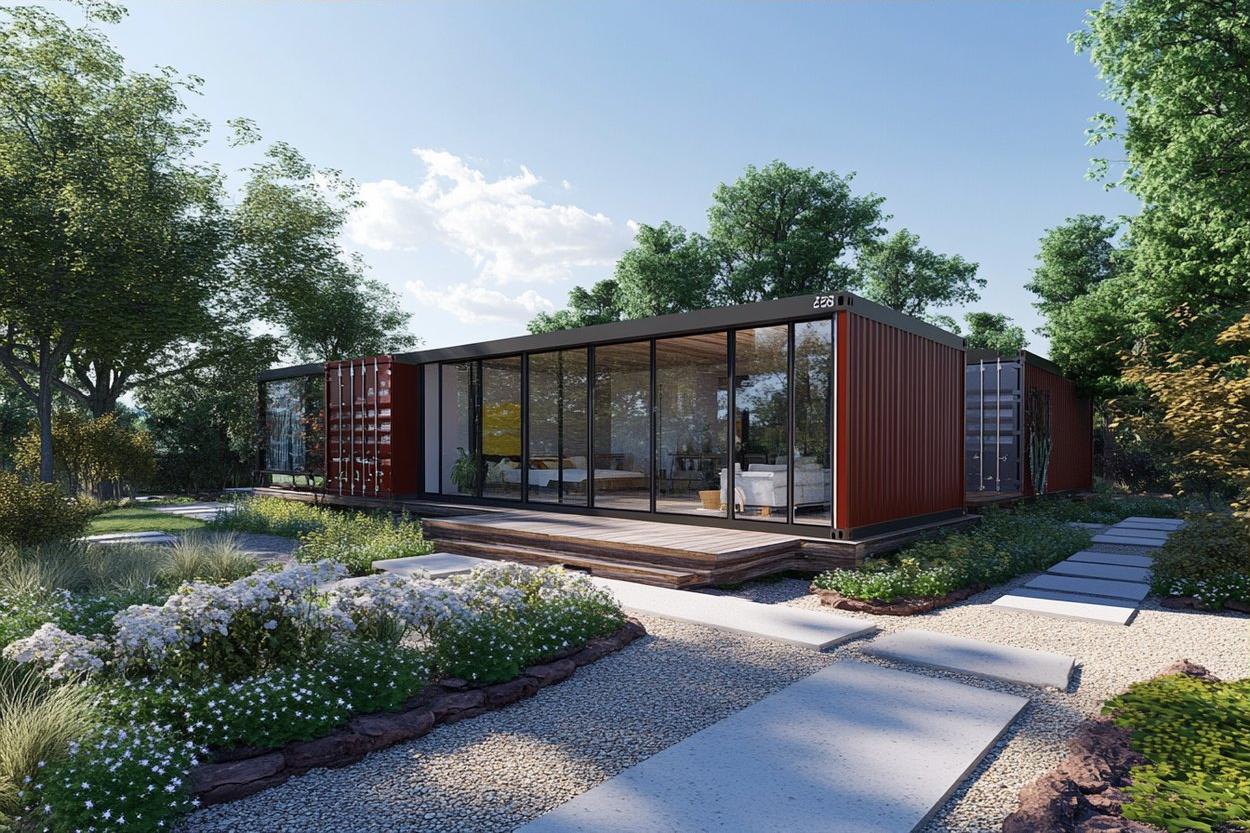Whimsical Wonderland: The Enchanting World of Storybook Garden Design
Imagine stepping into a garden where fantasy comes to life, where every turn reveals a new chapter of a beloved tale. Welcome to the magical realm of storybook garden design, a whimsical trend that's captivating homeowners and landscape artists alike. This innovative approach to outdoor spaces blends literature, imagination, and horticulture to create enchanting environments that transport visitors into their favorite narratives.

The idea of incorporating narrative elements into garden design isn’t entirely new. Renaissance and Baroque gardens often featured mythological themes and sculptures. However, the modern storybook garden takes this concept further, creating cohesive, immersive environments that tell a complete story through careful plant selection, hardscaping, and decorative elements.
Crafting the Narrative: Key Elements of Storybook Garden Design
Creating a successful storybook garden requires a delicate balance of horticultural knowledge and creative storytelling. The first step is choosing a theme or story to bring to life. This could be a specific tale, like Alice in Wonderland or The Secret Garden, or a more general fairytale atmosphere.
Plant selection plays a crucial role in setting the scene. For a whimsical Alice in Wonderland theme, oversized flowers and topiaries can create a sense of scale distortion. Enchanted forest themes might incorporate gnarled trees, moss-covered stones, and delicate woodland flowers.
Hardscaping elements are equally important in creating the right atmosphere. Winding paths, hidden nooks, and miniature structures can all contribute to the narrative. A hobbit-inspired garden might feature a round door set into a grassy hill, while a pirate-themed space could incorporate a wooden ship’s wheel or treasure chest.
Beyond the Pages: The Psychology of Immersive Outdoor Spaces
The appeal of storybook gardens goes beyond mere aesthetics. These spaces tap into the power of storytelling and imagination, offering a form of escapism that resonates with both children and adults. Psychologists have noted the positive effects of immersive, nature-based experiences on mental health and creativity.
Dr. Rachel Kaplan, a prominent environmental psychologist, has extensively studied the restorative effects of nature. Her research suggests that environments that evoke a sense of being away, extent, fascination, and compatibility can significantly reduce stress and improve cognitive function. Storybook gardens, with their transportive qualities and attention to detail, tick all these boxes.
From Fantasy to Reality: Practical Considerations
While the idea of a storybook garden might seem like a flight of fancy, implementing one requires careful planning and practical considerations. Climate and local ecology play a crucial role in plant selection. It’s essential to choose species that will thrive in your specific environment while still contributing to the overall theme.
Maintenance is another key factor. Elaborate designs with intricate topiaries or delicate flowers may require more upkeep than traditional gardens. However, with clever design choices, it’s possible to create a low-maintenance storybook garden that still captures the magic of the concept.
Water features, lighting, and sound effects can all enhance the immersive experience. Solar-powered fairy lights can create a magical glow at night, while hidden speakers playing ambient sounds can transport visitors deeper into the story.
The Future of Narrative Landscapes
As the lines between indoor and outdoor living continue to blur, storybook gardens offer a unique way to extend living spaces and create memorable experiences. This trend is not limited to residential spaces; commercial properties, including hotels and restaurants, are also embracing narrative landscapes to create distinctive atmospheres.
Technology is playing an increasing role in these designs. Augmented reality apps can add an extra layer of interactivity, allowing visitors to uncover hidden elements or learn more about the plants and features in the garden. Smart irrigation systems and weather-responsive lighting can help maintain the perfect ambiance while conserving resources.
In conclusion, storybook garden design represents a fascinating intersection of horticulture, literature, and immersive experiences. By tapping into the power of storytelling and the inherent appeal of nature, these enchanting spaces offer a unique way to transform outdoor areas into captivating wonderlands. As we continue to seek ways to bring magic and meaning into our everyday environments, the storybook garden stands as a testament to the enduring power of imagination in landscape design.





